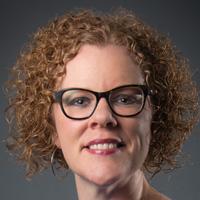
Envisioning a New Future of Mathematics Education
How can we equip all students with the math they need to succeed?
Right now across the U.S., thousands of recent graduates are excitedly and anxiously navigating their first year of college. While they passed advanced math courses in high school, their universities have deemed them not truly “college ready” for required postsecondary math courses.
Similarly, too many high school students opt not to take math classes beyond what’s required to graduate, because nothing in their experience has helped them see math as relevant to their future.
And there are recent college grads who, despite having succeeded in their college mathematics courses, come to realize they aren’t prepared with the quantitative skills they need in their new jobs.
In sum, far too many of our students are blocked from opportunities in postsecondary education and career because of misalignments between the math they learn in high school and the math they need for college and other postsecondary options. Outdated college math requirements and policies are a big part of the problem.
These issues were at the heart of the conversation facilitated by leaders from the education and workforce sectors at a recent convening of the Launch Years initiative.
Launch Years Bridges a Critical Transition 
The Launch Years is a new movement—led by the Dana Center, in collaboration with Education Strategy Group, Achieve, Community College Research Center, and the Association of Public and Land-grant Universities—to bridge the gap from the mathematics taught in high school and the mathematics needed in higher education and beyond.
Launch Years builds on existing mathematics pathways work already underway in higher education systems across the United States. These pathways provide students with rigorous mathematics course sequences aligned to their chosen programs of study and future careers.
Mathematics pathways are designed to guide students through junior- and senior-level high school mathematics courses, and then through entry into—and completion of—the best options for each student from among the range of postsecondary routes, whether technical programs, two- or four-year colleges, or the military. 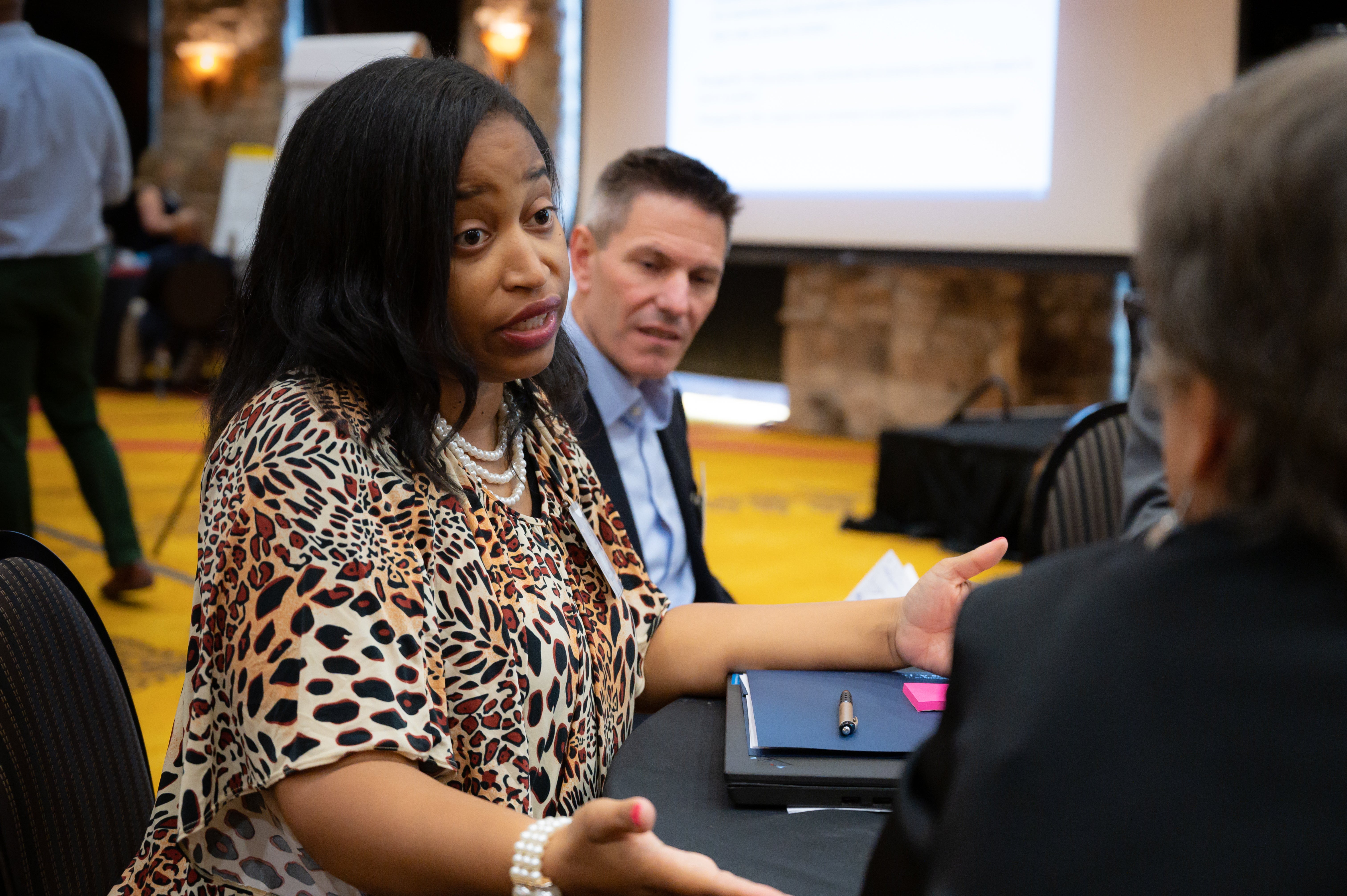
The Launch Years convening in Austin, Texas, was the first official meeting of the full Launch Years Consensus Panel, a group of more than 30 leaders from the K–12, higher education, business, and industry sectors.
The Consensus Panel will continue to provide insight and leadership as we work together to change the ways our students—and particularly those students who historically have been underserved—experience mathematics as they transition from high school to higher education.
Launch Years is focused on modernizing math in high school—including creating and integrating relevant, rigorous math courses, developing critical policies, and implementing practices—that will lead to postsecondary success, and more equitable outcomes, for all students. 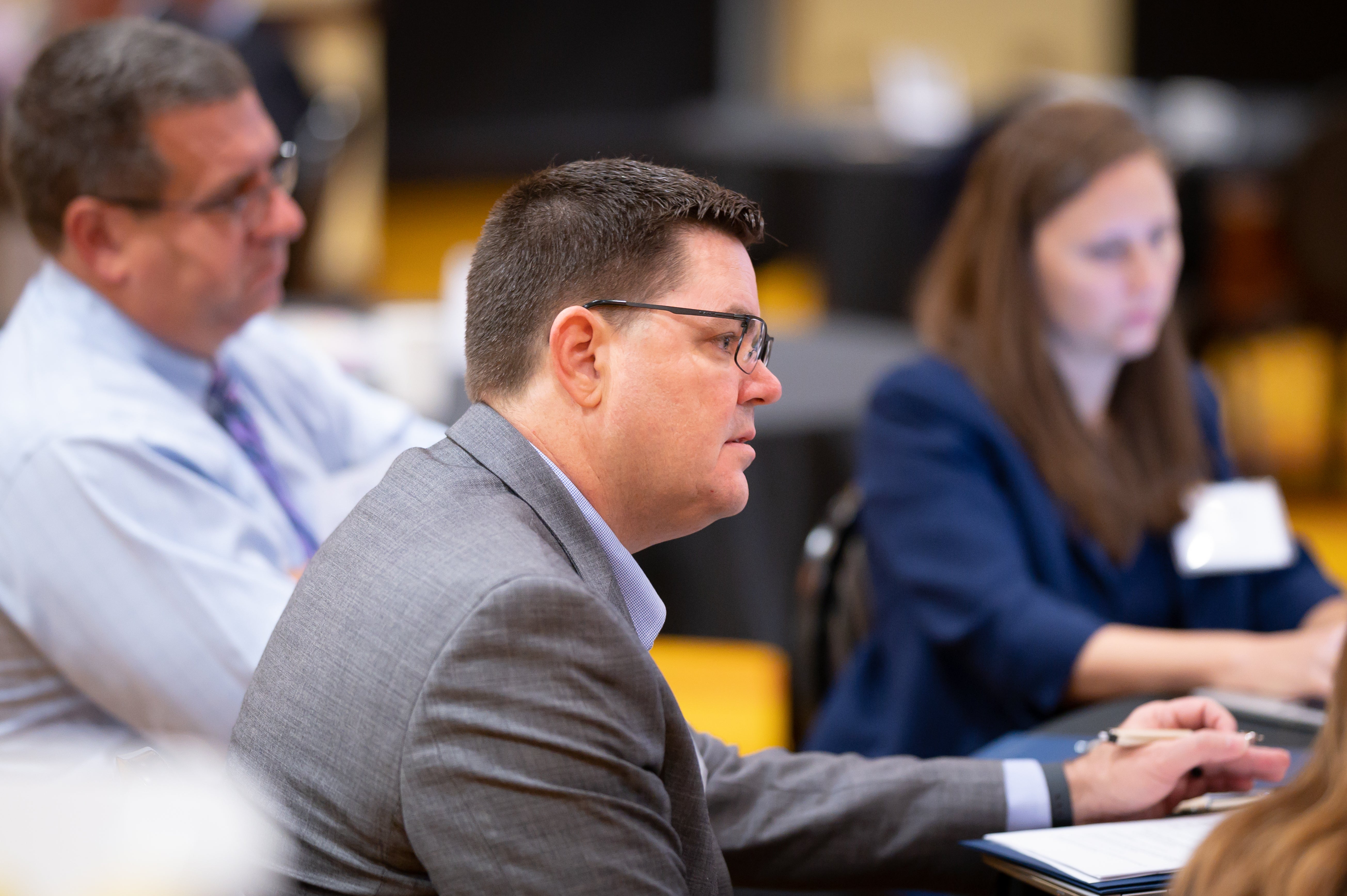
Economy and Technology Drive Need for Better Alignment
A particular focus over the daylong Consensus Panel convening was the fact that we—our education systems, our economy, our nation—are at an inflection point, fueled by supercharged technology and explosive growth in occupations requiring a range of math skills.
Well-paying jobs today require increasingly sophisticated mathematical knowledge and skills, including analyzing data, interpreting statistics, and making predictions based on mathematical models.
“There are a number of unfilled jobs, particularly in STEM areas, because learners are not prepared for those jobs based on the courses offered,” said Lya Snell, Ph.D., mathematics program manager at the Georgia Department of Education. Georgia is one of three states, along with Washington and Texas, currently engaged in the Launch Years initiative to create relevant mathematics pathways from K–12 into postsecondary options. 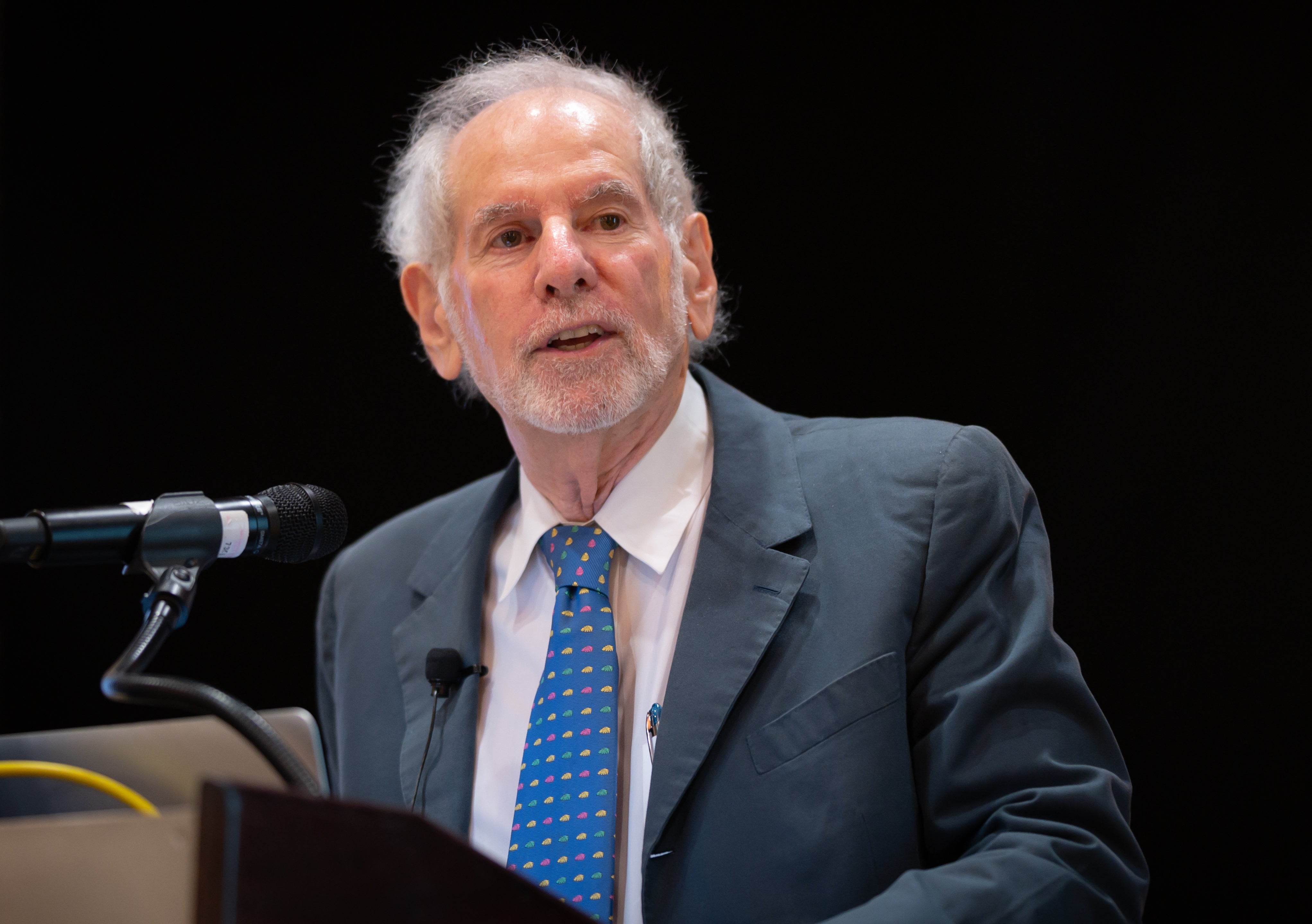
During a lunchtime address, Dana Center Executive Director Dr. Uri Treisman echoed this point, as he spoke of working with the National Academies of Science, Engineering, and Medicine’s Board on Mathematical Sciences and Analytics, which focuses on connecting business and academic leaders.
“It’s not just about modernizing curriculum with math that’s relevant to today’s changing business and industry needs,” he said. “It’s about looking at the critical juncture of K–12 and higher education, and at the systems, policies, and structures in place that are hindering student success. We must ensure that we are focusing on these practices in an equity-minded way.”
Creating Alignment Is Key
Throughout the convening, many ideas emerged around how to advance the multiple strategies of the Launch Years work. A prominent thread in the discussion centered on the need to address the key policies and structures that affect the alignment of K–12 and higher education. 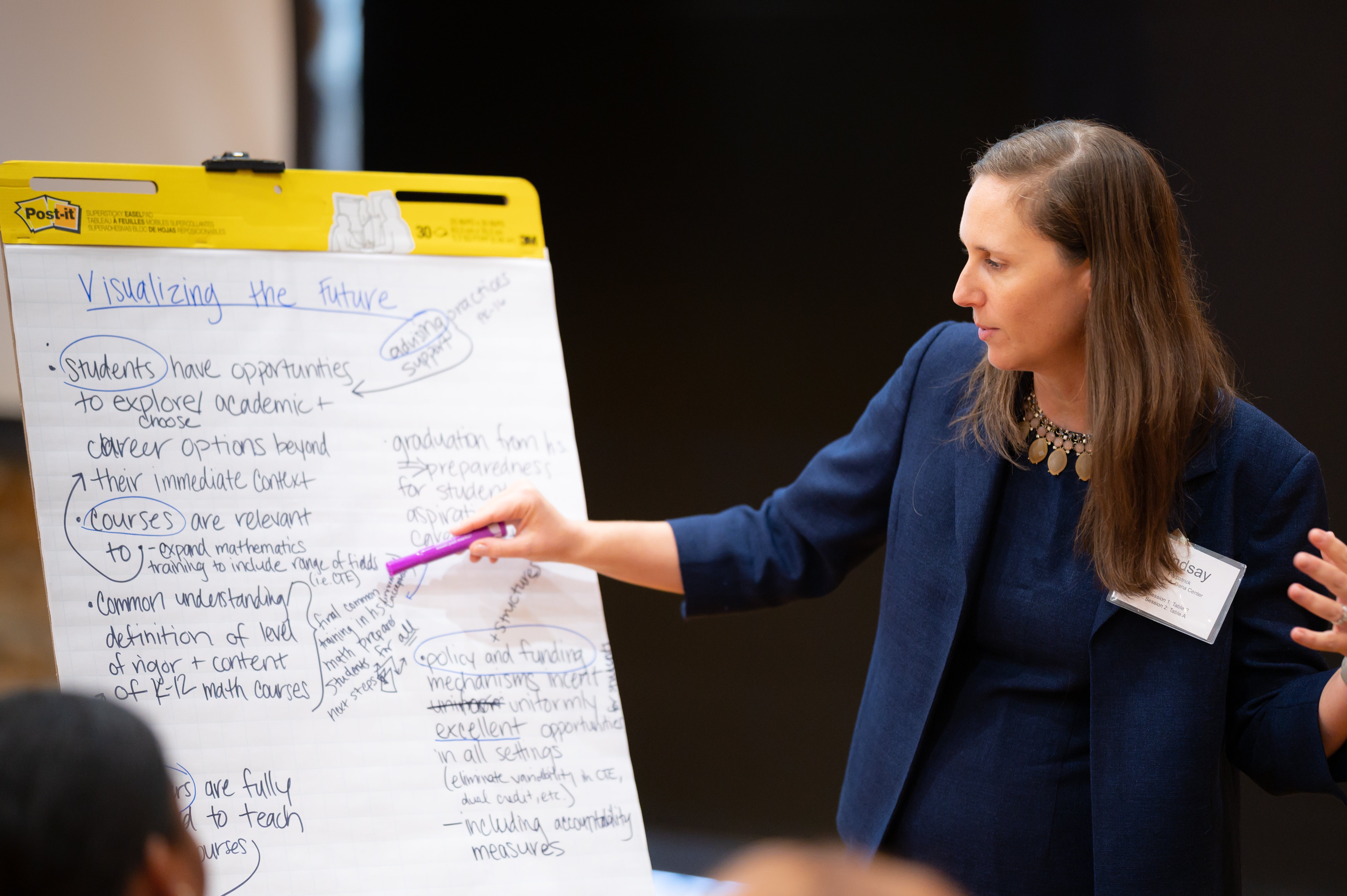
The convening participants emphasized the importance of ensuring that the math we teach our students is relevant to students’ futures in our changing economy. And, importantly, participants also noted the Launch Years initiative’s deeper economic and moral imperative to support all students in achieving a brighter future.
“Math is joyful,” said one convening participant. “So, it begs the follow-up question of how we can make math joyful for all students.”
Over the coming months, the Launch Years work will continue within the state teams from Georgia, Washington, and Texas—while Launch Years leaders, including Consensus Panel members, set out to explore recommendations and next steps.
“We have a unique opportunity to make math work for every student—to transform it from what the Mathematical Association of America calls ‘the most significant barrier’ to finishing a degree,” said Doug Sovde, Dana Center K–12 director and lead of the Launch Years initiative. “Together, through this work, we can open new avenues for all students to gain the skills they need to thrive in their chosen careers—and ultimately, to strengthen our nation’s workforce and economy.”
About the Author
Lara Zuehlke
As a child living on a pig farm in Clifton, Texas, I was certainly no stranger to the idea of working hard. With such a small school district, I had my mother twice as teacher. She had a poster in her classroom (and used to tell students often), “Your I CAN is more important than your IQ.” I’ve learned firsthand over the years that hard work alone can be fruitless if you don’t also believe you can succeed.
Get in Touch
We collaborate with states, districts, and teachers to develop innovative curricula, resources, and professional development.

